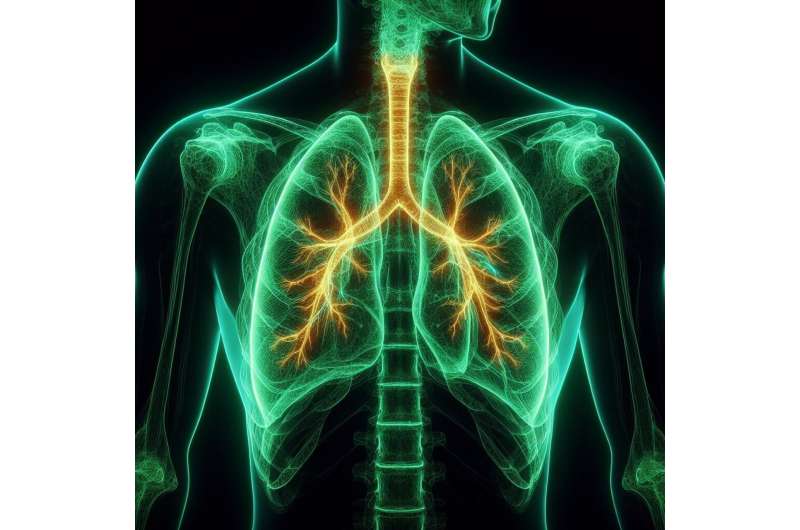Extended Preservation of Donor Lungs Up to 20 Hours Using Hypothermic Oxygenated Machine Perfusion

Recent research has demonstrated that donor lungs can be safely preserved outside the human body for up to 20 hours using a technique called hypothermic oxygenated machine perfusion (HOPE). This advancement was presented by Jitte Jennekens, MSc, an organ perfusionist and transplant coordinator at UMC Utrecht in the Netherlands, during the Annual Meeting and Scientific Sessions of the International Society of Heart and Lung Transplantation (ISHLT) in Boston.
The HOPE method is an innovative lung preservation technique that involves perfusing the donor lungs with a specialized solution at low temperatures, helping to maintain lung viability during transport and storage. Historically, donor lungs are transported on ice and undergo assessment and possible reconditioning upon arrival, typically involving a period on ex vivo lung perfusion (EVLP). However, the new protocol developed by UMC Utrecht eliminates the need for a second period on ice, allowing for a more extended preservation period.
This protocol involves an initial assessment using normothermic EVLP (nEVLP), where the lungs are warmed to body temperature for functional evaluation, followed by preservation at 12°C for extended out-of-body time. The process enables the lungs to be maintained and evaluated outside the body for longer durations without compromising their quality.
In the study, 12 cases utilizing the nEVLP-HOPE protocol were compared to a historical cohort of 118 lungs transplanted directly without ex vivo perfusion between 2017 and 2022. The results showed that none of the lungs in the HOPE group were rejected for transplantation, and the short-term outcomes were comparable to those of the traditional method.
This breakthrough indicates that HOPE is a safe and effective method for preserving donor lungs, potentially revolutionizing the logistics and timing of lung transplantation. The ability to extend preservation times opens new possibilities for optimizing donor lungs with different therapies and may increase transplant success rates in the future.
The next phase involves identifying the most beneficial preservation strategies for various types of donor lungs, aiming to enhance transplant outcomes even further. This development promises a future where donor lungs can be better preserved and more effectively utilized, ultimately saving more lives.
Source: https://medicalxpress.com/news/2025-04-donor-lungs-safely-hours-body.html
Stay Updated with Mia's Feed
Get the latest health & wellness insights delivered straight to your inbox.
Related Articles
Innovative Exercise MRI Technique Enhances Heart Disease Diagnosis
A new exercise-based MRI technique allows clinicians to observe real-time heart responses during physical activity, facilitating earlier and more accurate diagnosis of heart disease.
Analyzing Word Choices in Online Hospital Reviews Reveals Insights into Patient Experiences
New research reveals that analyzing simple words in online hospital reviews can provide meaningful insights into patient experiences and help improve healthcare quality in real time.
Harnessing Clinician Entrepreneurs to Boost Canada's Healthcare System and Economy
Emerging clinician entrepreneurs in Canada could revolutionize healthcare delivery and contribute to economic growth. Establishing specialized programs and policy reforms are key to unlocking this potential and driving innovation within the country's health system.
Genetic Factors Associated with Increased Risk of Childhood Maltreatment
New research reveals how specific genetic variants increase the risk of experiencing childhood maltreatment, emphasizing the complex interaction between genetics and environment in safeguarding children's well-being.



